An Energy regulator said distribution utilities need to tap more power from renewable sources if the Philippines is to meet the projected goal of a 55.8% share of renewable energy (RE) in the power mix by 2040.
They said the 1% renewable quota set for the renewable portfolio standards (RPS) program must be increased to at least 2.52%, a National Renewable Energy Board (NREB) official.
The DoE is targeting an RE share in the power mix of 37.3% by 2030 and 55.8% by 2040 in its draft National Renewable Energy Program (NREP).
On Tuesday, NREB Chairperson Monalisa C. Dimalanta said that the DoE held a public consultation last week on the draft of the 2020-2040 National Renewable Energy Program.
“We reached the same conclusion. We will not realize the target RE share by 2030 if we were to retain the RPS level at the current 1%. This level will need to be increased to at least 2.52(%) by 2023 if we are to have a fighting chance to reverse the decline in trajectory (of renewables adoption) over the last 10 years,” Ms. Dimalanta said during the 2nd LNG & Clean Energy Investment virtual summit.
The RPS program requires distribution utilities to tap eligible RE facilities for a portion of their supply needs.
At the consultation, Ms. Dimalanta said that the DoE and NREB presented their projections for RPS quotas of 1%, 2.52%, 2.92% as well as a no-RPS scenario over a 10 and 20-year period.
“In both models, it is only by increasing the RPS levels to more than 2.5% starting 2023 that we can ensure a steady increase in RE share in the system, reverting to its 2008 level of 34% by 2030 and increasingly dominating the mix by 2040 with more than 55% share,” Ms. Dimalanta said.
She added that the NREB also sees the need for three types of programs — mandatory, voluntary, and “transition enablers” — which can help address the country’s so-called “energy trilemma.” The trilemma requires the industry to confront the need for energy affordability and access, energy security, and environmental sustainability.
Mandatory programs include RPS and green energy auction. The voluntary programs include the net-metering program and the green energy option program. Transition enablers involve grid and off-grid solutions.
“The task at hand is beyond what a single agency or group can do. It requires all hands to be on deck and all eyes focused on a shared vision for an energy-secure and sustainable future,” she said.
This article was originally published by Business World / Angelica Y. Yang.
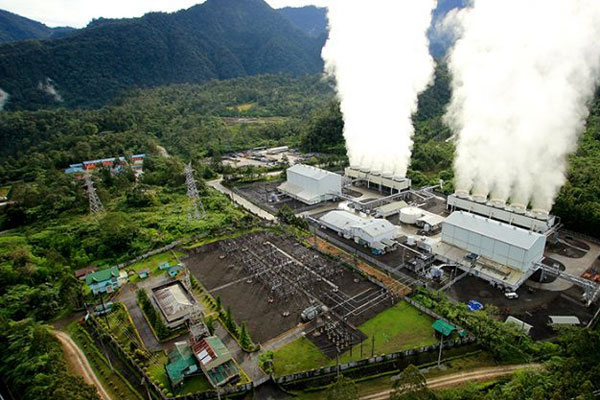

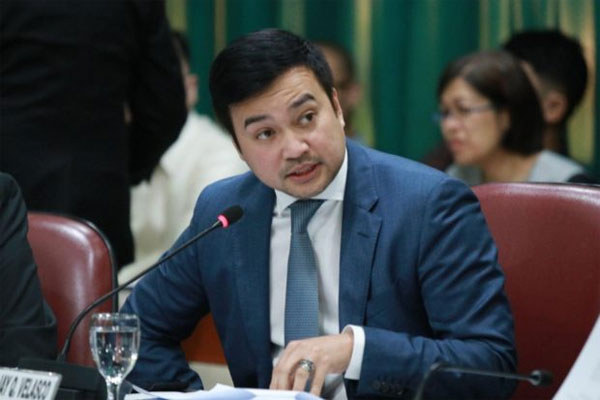
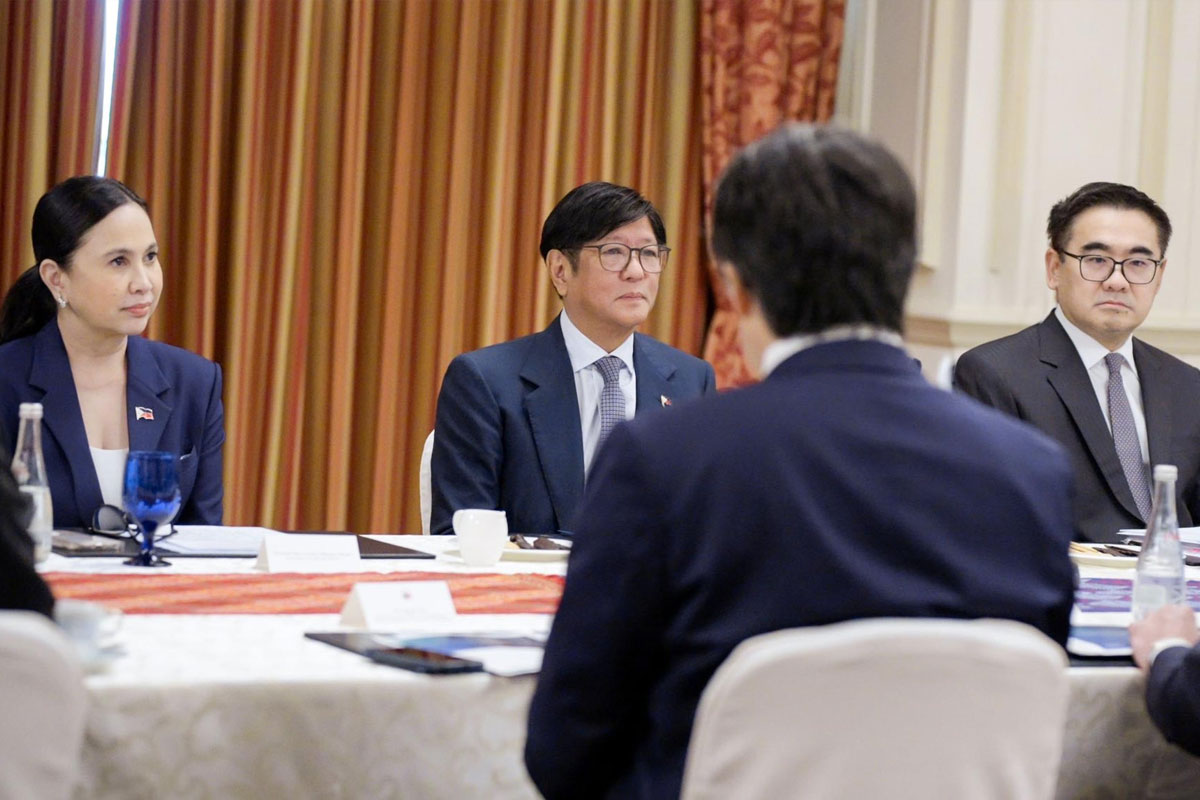
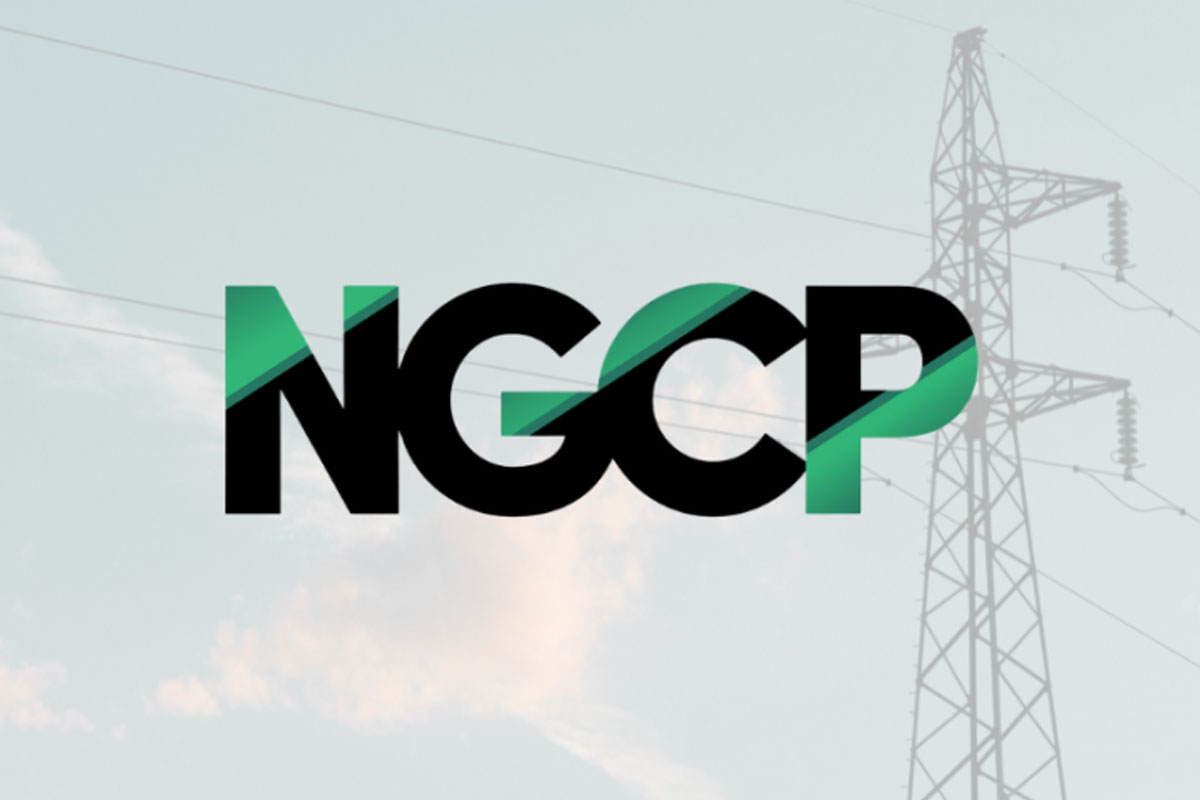
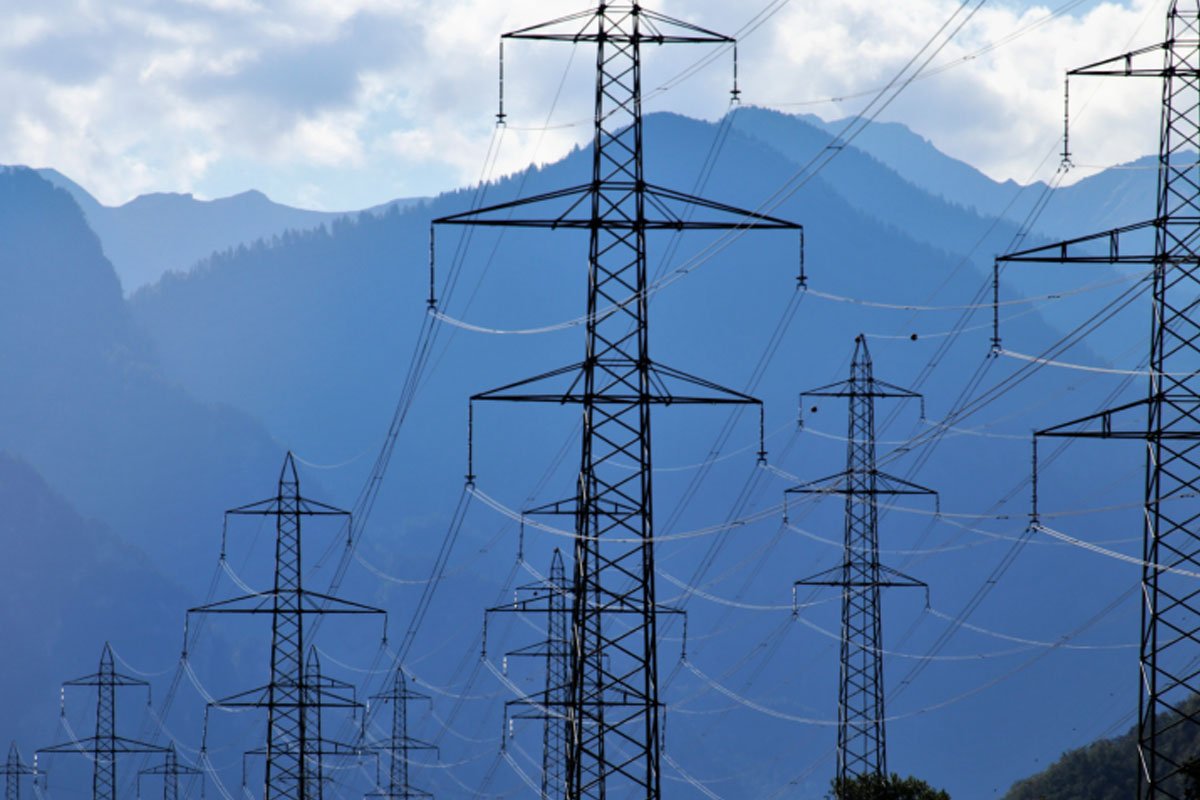
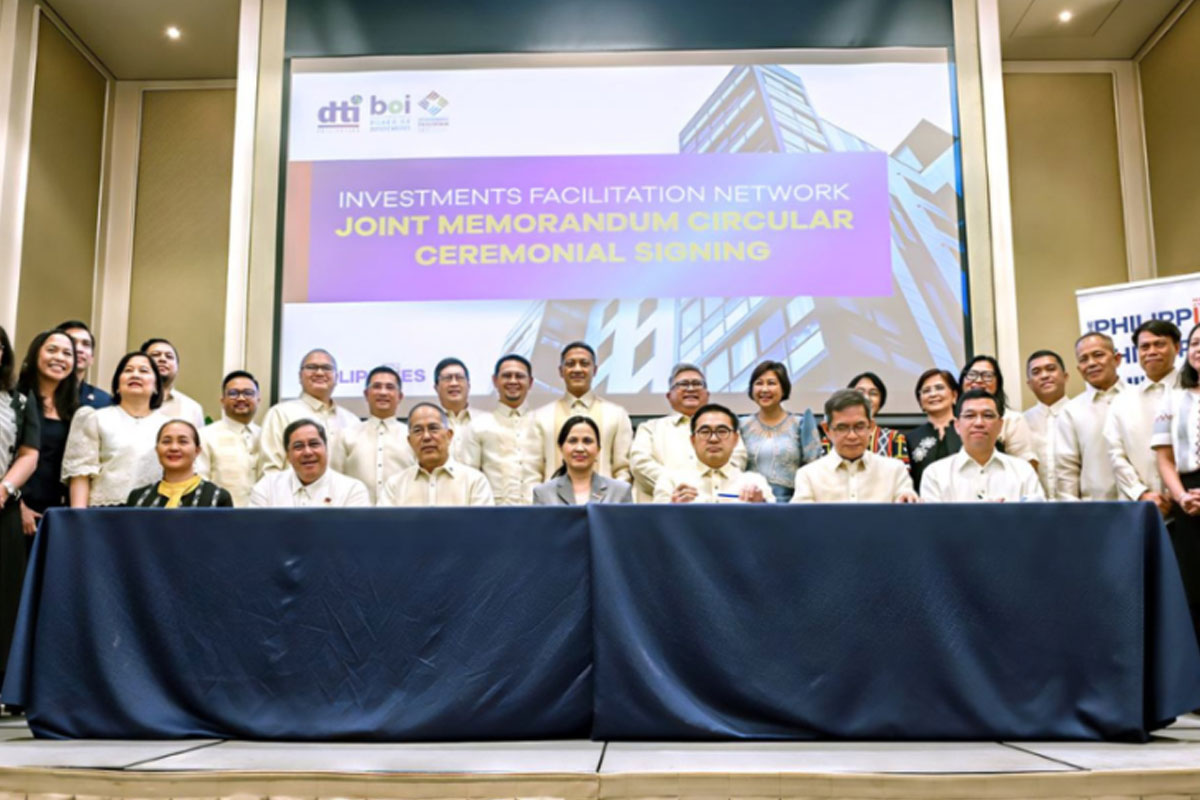
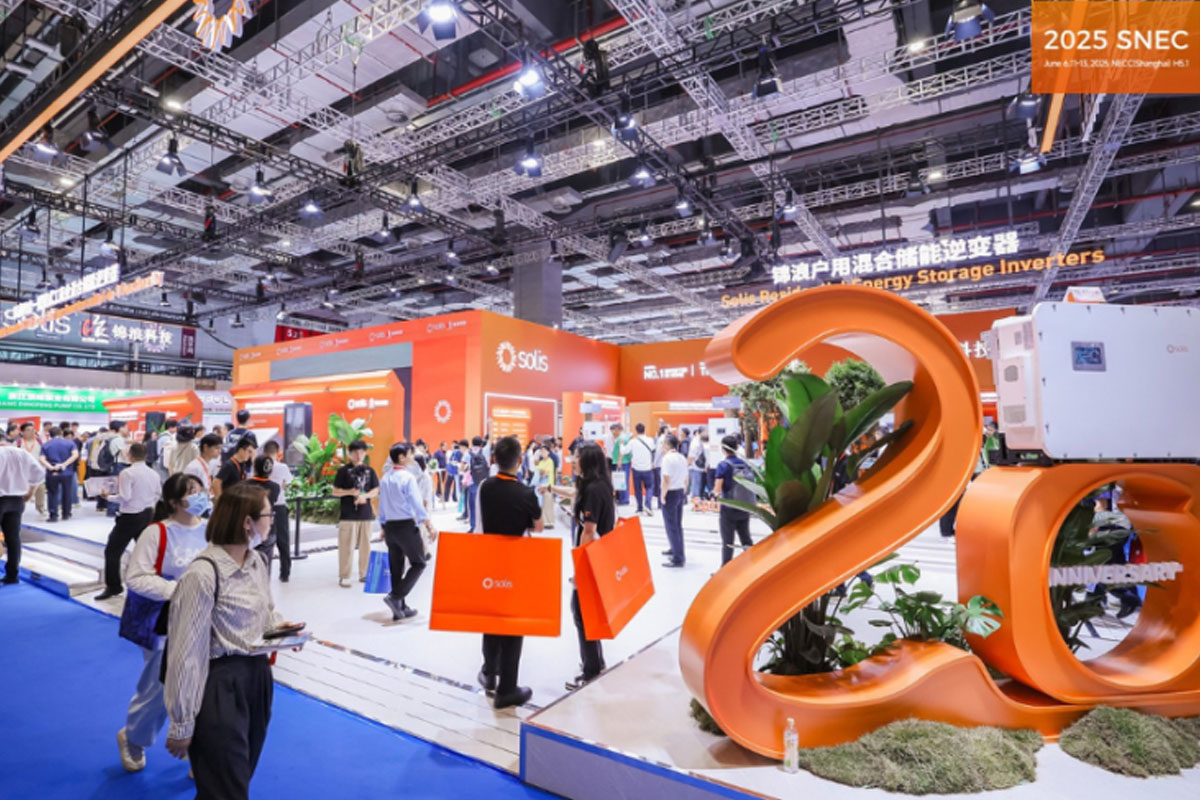
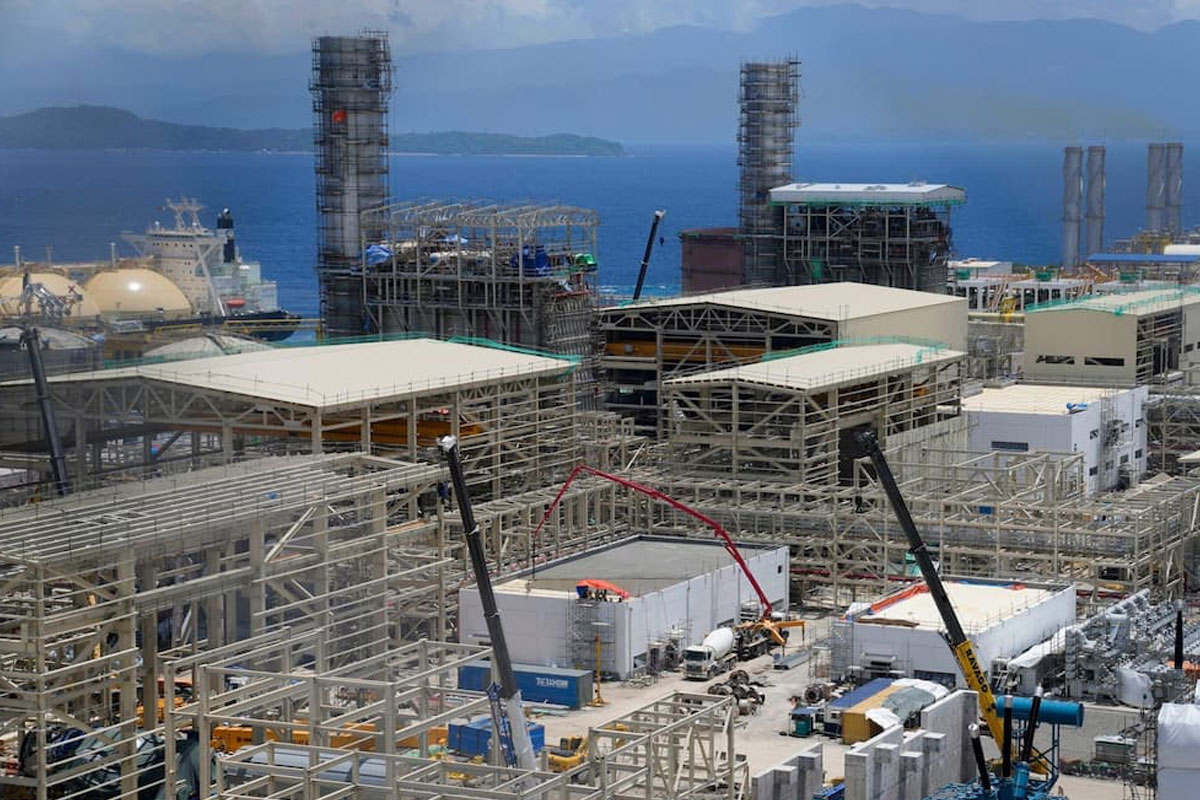
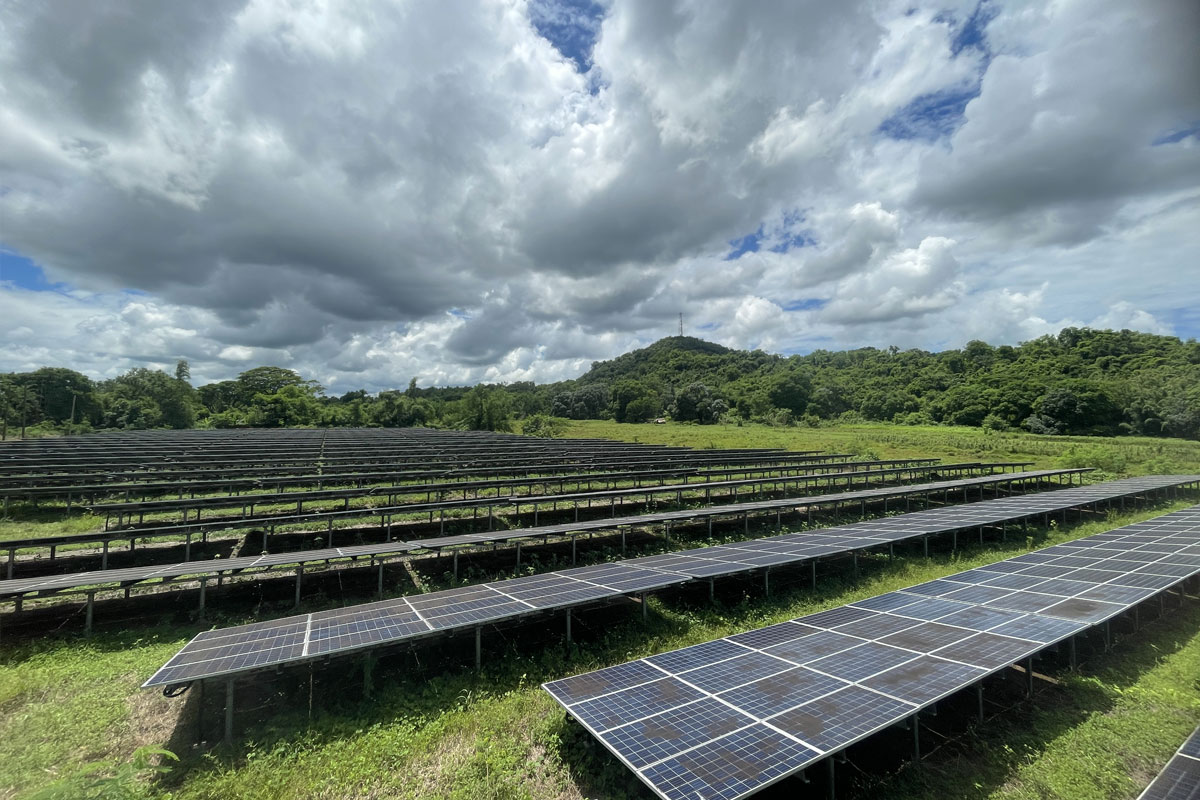

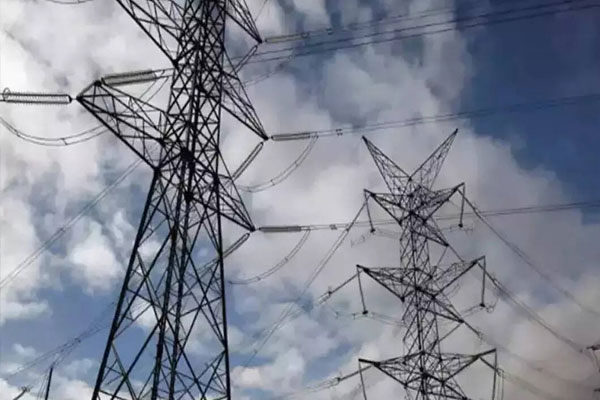
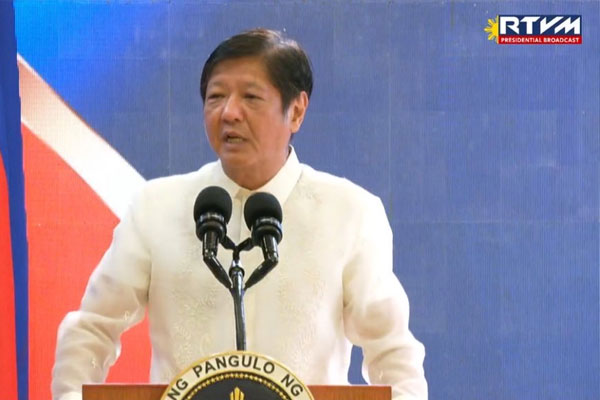

Leave a Comments